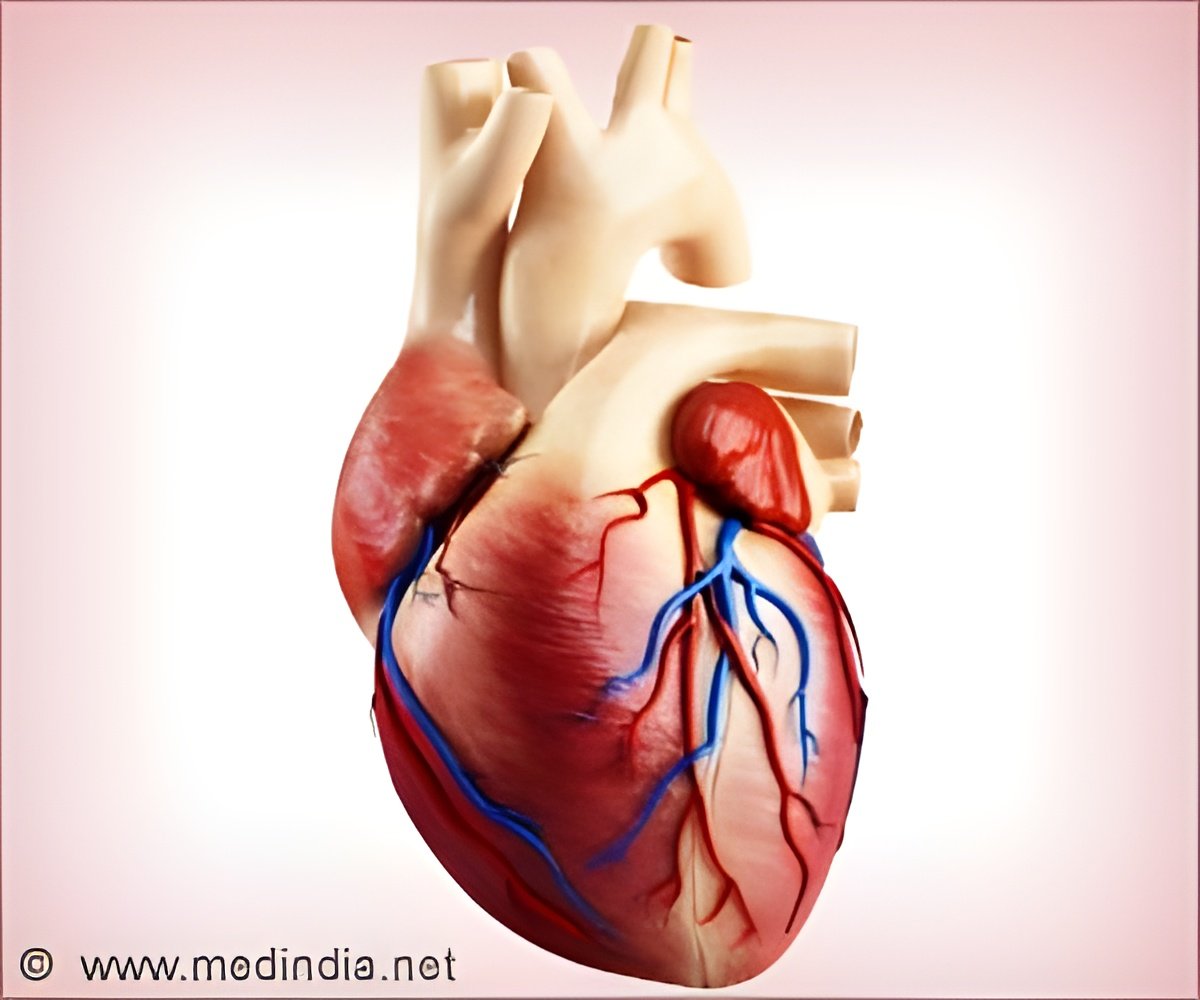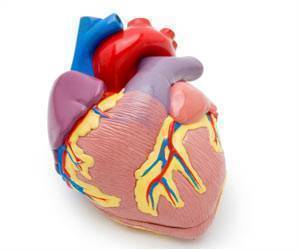A pathway essential to
heart formation has been identified by researchers at UT Southwestern Medical Center's Hamon Center for
Regenerative Science and Medicine. In the process, researchers unveiled a mechanism that may
explain how some previously puzzling segments of the genome work.
The DNA sequence they studied - which they named
Upperhand (
Uph) - is located just before a gene called
Hand2 which controls the development of the heart as it grows in the womb.
"These findings uncover a new and unexpected step in the control of heart formation whereby one gene,
Upperhand, regulates the expression of the neighboring gene,
Hand2, by an unusual mechanism
," said Dr. Eric Olson, Director of the Hamon Center for Regenerative Science and Medicine, and Chairman of Molecular Biology.
‘The DNA sequence 'Upperhand' is located just before a gene called Hand2, which controls the development of the heart as it grows in the womb.’
works something like a safe, which holds the controls for
Hand2 locked inside it.
Upperhand has to be opened up first for the
Hand2 controls to be exposed. That ultimately allows
Hand2 to set in motion a whole sequence of events that are crucial to formation of the heart.
Upperhand also may help explain the mystery behind why some
DNA sequences don't serve as templates for synthesizing proteins like
other DNA sequences. Those that don't are called non-coding DNA and
scientists have been pondering what they do and how they work.
"These non-coding sequences are the mysterious "dark matter" of the
genome," said Dr. Olson, who holds the Robert A. Welch Distinguished
Chair in Science, the Pogue Distinguished Chair in Research on Cardiac
Birth Defects, and the Annie and Willie Nelson Professorship in Stem
Cell Research.
Upperhand is one such "non-coding" DNA that doesn't serve as the template for a protein.
Advertisement
"Why would it be located before
Hand2, we wondered? What we learned is that the [controls] for
Hand2 just happen to be trapped inside
Upperhand,"
Dr. Olson said. "This is probably a general mechanism for the control
of many genes that are important in development, because so many cardiac
control genes are adjacent to non-coding RNAs and nobody ever
understood why that is."
Source-Eurekalert














